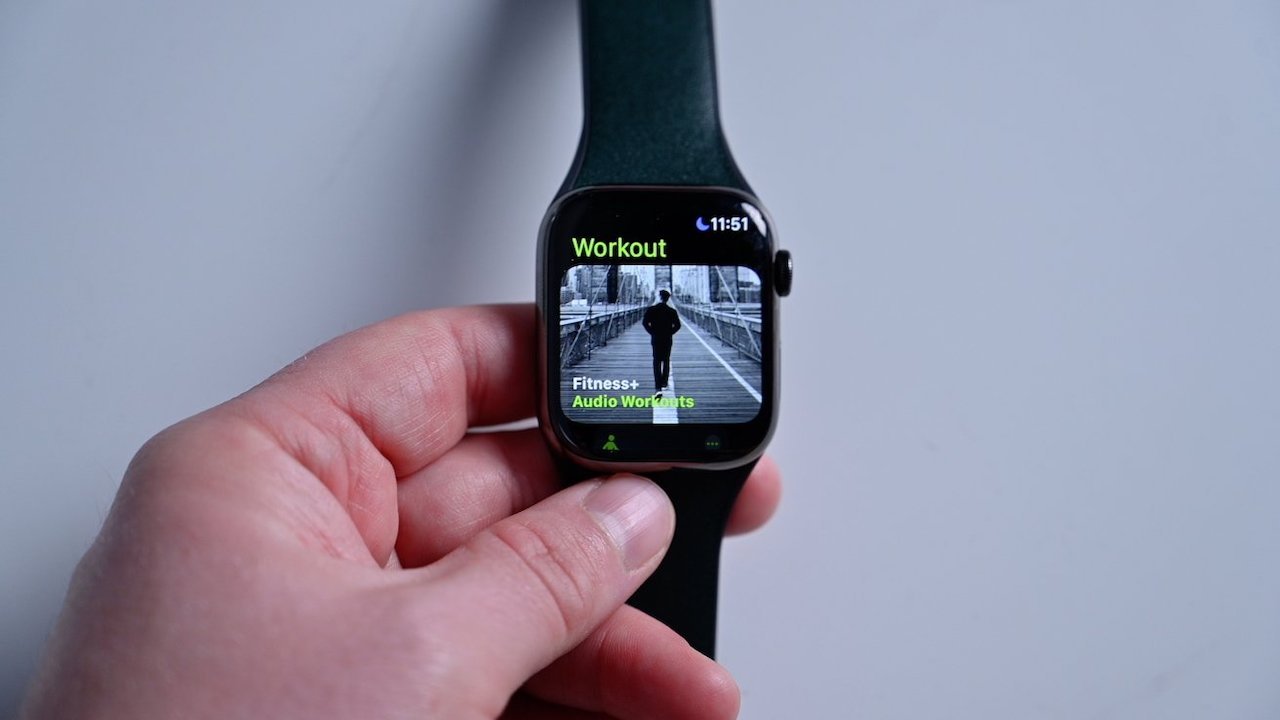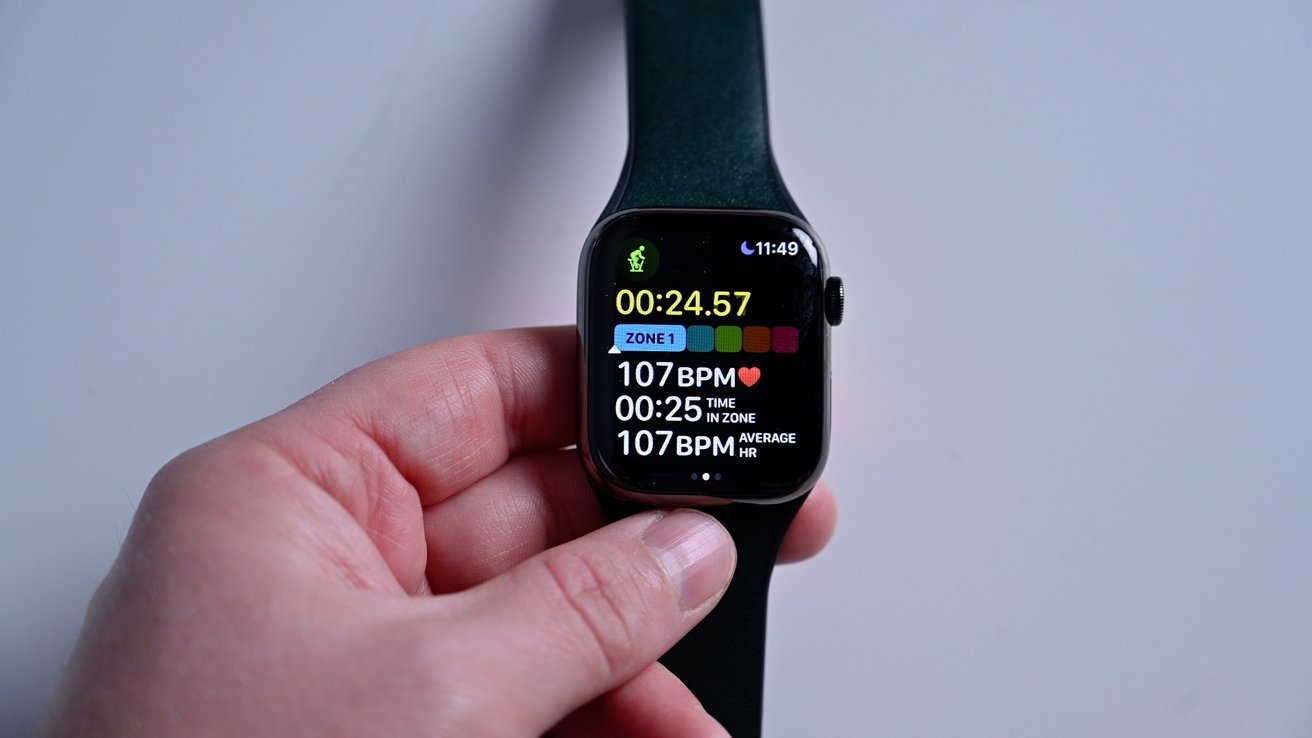How to get the most out of Apple Watch heart rate zones
If you find that you're the lucky recipient of a new Apple Watch, you may want to try to use it to lose the holiday pounds. Here's what you need to know about Apple Watch heart rate zones.
Whether you are an outdoor warrior who enjoys hitting the pavement in sleet and snow, or you enjoy sweating amongst the throng of Resolutioners at the gym, understanding and utilizing Heart Rate Zones on your Apple Watch will help you reach your fitness goals. This tip focuses primarily on which zone to train in if your goal is fat loss, and how to navigate heart rate zones intra-workout using your Apple Watch.
There are five Heart Rate Zones. Each corresponds to a percentage of your maximum heart rate (MHR). The MHR can easily be found by subtracting your age from 220.
Five heart rate zones on your Apple Watch
- Zone 1: 50 percent to 60 percent of MHR. Very light effort level.
- Zone 2: 60 percent to 70 percent of MHR. Light effort level.
- Zone 3: 70 percent to 80 percent of MHR. Moderate effort level.
- Zone 4: 80 percent to 90 percent of MHR. Hard effort level.
- Zone 5: 90 percent to 100 percent of MHR. Very hard effort level.
In order to understand maximum heart rate, it is important to measure your current fitness level by measuring your resting heart rate (RHR). For reference, a healthy individual has a resting heart rate between 60 to 80 beats per minute (BPM).
A well-trained athlete, however, could have a resting heart rate as low as 40 BPM. Usain Bolt is said to clock in at an extraordinarily efficient 30 BPM.
RHR matters when considering heart rate tracking during exercise, and specifically fat loss, because the less your heart must work at rest to pump blood through your body, the fitter you are.
For the most accurate reading, check your resting heart rate on your Apple Watch in the morning, as soon as you wake.
Besides your body's ability to efficiently pump blood through your body with fewer beats, having a low RHR means your risk for lifestyle-related comorbidities related to carrying excess weight, like heart disease, will be significantly lowered. Another benefit — tackling the stairs won't leave you gasping for air.
There are benefits to training in each of the above zones, but Zone 2 has long been praised by exercise physiologists and trainers for facilitating fat loss, as exercising at 60-70% of your MHR uses stored fat for fuel instead of carbohydrates. Perhaps you've seen the recent #HotGirlWalkTikTok trend, which attests that walking at a light effort level is the best form of exercise for shedding fat.
However, if your goal is fat loss, all you really need to worry about this holiday season is sustaining a caloric deficit. Essentially, this is burning more calories than you eat.
The form of exercise that the average human can maintain for prolonged periods in order to maximize calorie burn is, indeed, walking (Zone 2). This is preferable over sprinting or high-intensity interval training, which can clock in at Zones 4 or 5, and rev our metabolisms into overdrive.
The #HotGirlWalk trend does have merit. Remember, when it comes to fat loss, it is not so much about fitness modality, meaning what type of workout you do. It is the duration of the activity that counts.
Intra-workout, your Apple Watch will calculate your MHR and Heart Rate Zone for you. To view your Heart Rate Zone during a cardio workout, ensure you've entered your birthday into the Health App.
You also have the option to manually enter your preferred zones. Go to Settings > Workout > Heart Rate Zones and manually enter them.
To view your Heart Rate Zone during exercise, launch the workout app on your Apple Watch, select a workout that is cardio-based, and spin the Digital Crown. Your watch will also display BPM, time spent in your current zone, and average heart rate on the same screen.
If you're looking to stay in Zone 2 but find yourself stagnating in a higher or lower zone, adjust the speed or intensity of your workout accordingly to hit your target zone.
Most importantly, no matter what you do to lose fat this holiday season, aim to get the American Heart Association's recommendation of 150 minutes of elevated heart rate activity weekly.
 Lila Riesen
Lila Riesen









 Amber Neely
Amber Neely
 Thomas Sibilly
Thomas Sibilly
 AppleInsider Staff
AppleInsider Staff
 William Gallagher
William Gallagher
 Malcolm Owen
Malcolm Owen
 Christine McKee
Christine McKee









